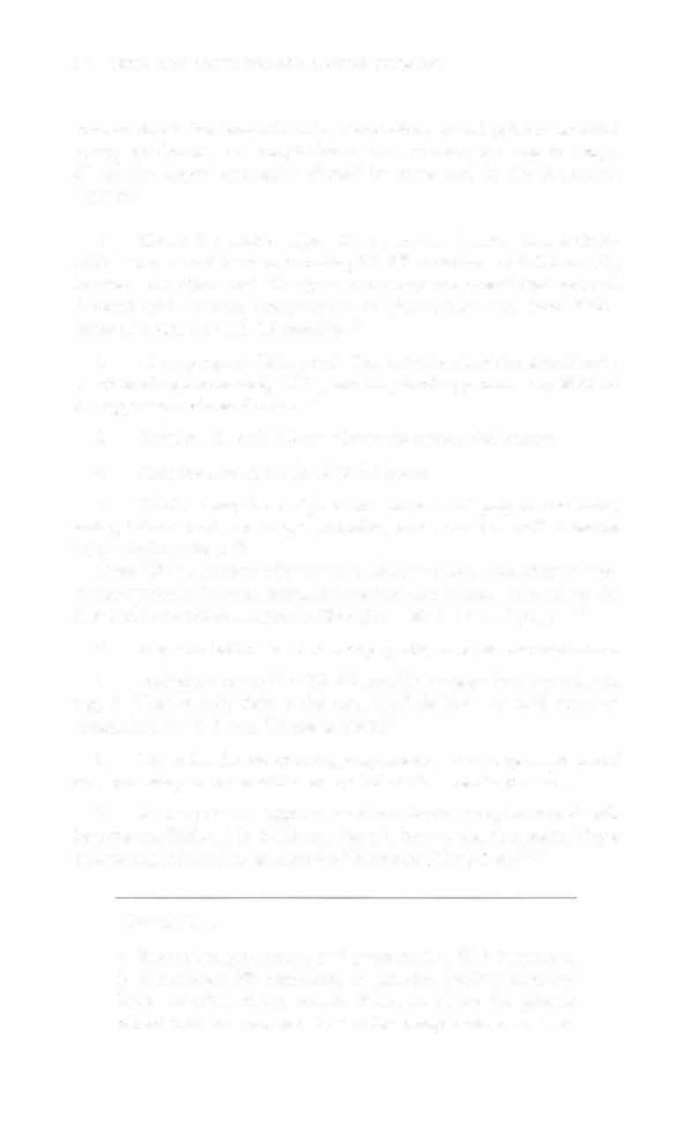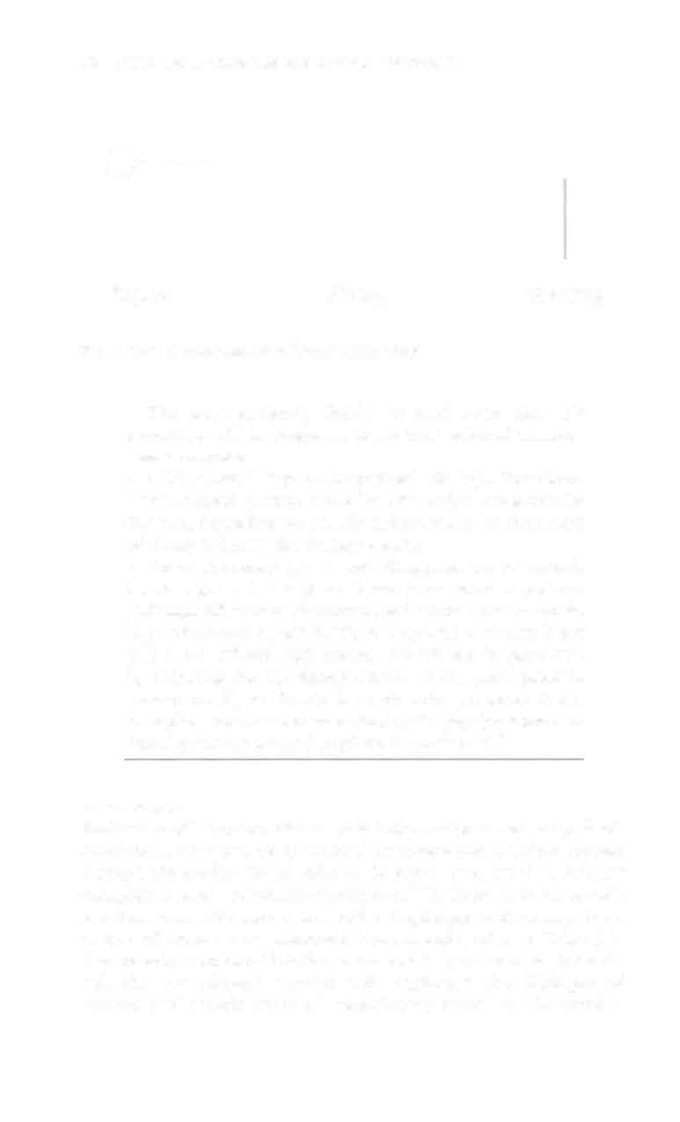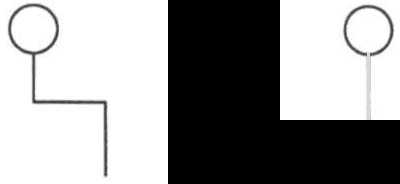i bc27f85be50b71b1 (10 page)
Read i bc27f85be50b71b1 Online
Authors: Unknown

CARDIAC SYSTEM 19
Table 1-6. Pirring Edema Scale
Scale
Degree
Description
1 + Trace
Slighr
Barely perceprible depression
2+ Mild
0-{}.6 em
Easily idenrified depression (EID)
(skin rebounds in <15 secs)
3+ Moderare
0.6-1.3 em
EID (rebound 15-30 sees)
4+ Severe
1.3-2.5 em
EID (rebound >30 sees)
EID = easily identified depression.
Sources: Dara from SL Woods, ES Sivarajian Froelichcr, 5 Underhill-Moner (cds). Cardiac
Nursing (4th cd). Philadelphia: Lippincott, 2000; and EA Hillegass, HS Sadowsky (cds).
Essentials of Cardiopulmonary Physical Therapy (2nd cd). Philadelphia: Saunders, 2001.
B)ood Pressure
BP measurement with a sphygmomanometer (cuff) and auscultation is an indirect, noninvasive measurement of the force exerted against the arterial walls during ventricular systole (systolic blood
pressure [SBPJ) and during ventricular diastole (diastolic blood
pressure). BP is affected by peripheral vascular resistance (blood
volume and elasticity of arterial walls) and CO. Table 1-7 lists
normal BP ranges. Occasionally, BP measurements can only be
performed on certain limbs secondary ro the presence of conditions Stich as a percutaneous inserted central catheter, arteria-Table 1-7. Normal Blood Pressure Ranges
Systolic
Diastolic
Age 8 yrs
85-1 14 111m Hg
52-85 mOl Hg
Agel2 yrs
95-'135 mm Hg
58-88 mm Hg
Adulr
100- 140 mm Hg
60-90 mm Hg
Borderline
140-150 mm Hg
90-100 mm Hg
hypertension
Hypertension
>150 mm Hg
> 100 mm Hg
Normal exer
Increases during rime and wirh
,,) O mm Hg
cise
increased load or intensity
Sources: Data from SL Woods, ES Sivarajian Froelicher, S Underhill-Moner (cds). Cardiac Nursing (4th cd). Philadelphia: Lippincott, 2000; :md LS Bickley. Bate's Guide to Physical Examination and Hisrory Taking (7th cd). Philadelphia: Lippincon, 1999.

20
ActITE CARE HANDBOOK FOR PHYSICAL TIIERAPlm
venous fistula for hemodialysis, blood clots, scarring from brachial
artery cutdowns, or lymphedema (i.e., status-post mastectomy).
BP of the upper extremity should be measured ill the following
manner:
1 . Check for posted signs, if any, at the bedside that indicate
which arm should be used ill taking BP. BP variations of 5- J 0 mm Hg
between the right and lefr upper extremity are considered normal.
Patients with arterial compression or obstruction may have differences of more than 10-15 mm Hg.12
2.
Use a properly fitting cuff. The inflatable bladder should have
a width of approximately 40%, and length of approximately 80% of
the upper arm circumference. 13
3 .
Position the cuff 2.5 em above the antecubital crease.
4.
Rest the arm at the level of the heart.
5.
To determine how high to inflate the cuff, palpate the radial
pulse, inllate until no longer palpable, and nOte this cuff inflation
value. Deflate the cuff.
Note: With a patient who is in circulatory shock, auscultation may
be too difficult. In these cases, this method can be used to measure the
SBP and is recorded as systolic BPfP (i.e., "BP is 90 over palp").13
6.
Place the bell of the stethoscope gently over the brachial arrery.
7.
Re-inflare rhe cuff to 30-40 mm Hg greater rhan the value in
srep 5. Then slowly deflare rhe cuff. Cuff deflation should occur at
approximately 2-3 mm Hg per second.13
8.
Listen for the onset of tapping sounds, which represents blood
flow returning to the brachial arrery. This is the systolic pressure.
9.
As the pressure approaches diastolic pressure, the sounds will
become muffled and in 5-10 mm Hg will be completely absent. These
sounds are referred to as Korotkoff's sounds (Table 1_8). 12.13
Clinical Tip
•
Recording pre-, para-, and posrexerrion SP is important
in identifying BP responses [0 activity. During recovery
from exercise, blood vessels dilate to allow for greater
blood flow to muscles. In cardiac-compromised or very




CARDIAC SYSTEM
2 1
Table 1-8. Kororkoff's Sounds
Phase
Sound
Indicates
First sound heard,
Systolic pressure (blood stans to flow
faint tapping
through compressed artery).
sound with
increasing intensity
2
Start swishing sound
Because of the compressed artery, blood
flow continues to be heard while the
sounds change due to the changing
compression on the anery.
3
Sounds increase in
inrensity with a
distinct tapping
4
Sounds become muf
Diasrolic pressure in children <13 yrs old
ned
and in adults who are exercising, pregnanr, or hyperrhyroid (see phase 5).
5
Disappearance
Diastolic pressure in adults-occurs 5-10
mm Hg below phase 4 in normal
adults. In states of increased rate of
blood flow, it may be greater than 10
mm Hg below phase 4. In these cases,
the phase 4 sound should be used as
diasrolic pressure in adults.
Sources: Data from SL Woods, ES Sivarajian-Froelicher, S Underhill-Moner (eds). Cardiac Nursing (4th ed). Philadelphia: Lippincott, 2000; and LS Bickley. Bate's Guide to Physical Examination and History Taking (7th ed). Philadelphia: Lippincott, 1 999.
decondirioned individuals, toral CO may nor be able to
support this increased flow to the muscles and may lead to
decreased Output to vital areas, such as the brain.
• If unable to obtain BP on rhe arm, rhe thigh is an appropriate alternative, with auscultation at the popliteal artery.
•
Falsely high readings will occur if the cuff is too small
or applied loosely, or if the brachial arrery is lower rhan
rhe hearr level.
• Evaluarion of BP and HR in differenr postures can be
used to monitor orthostatic hypotension with repeat measurements on the same arm 1-5 minutes after position
changes. The symbols rhar represent parienr posirion are
shown in Figure 1 -7.


